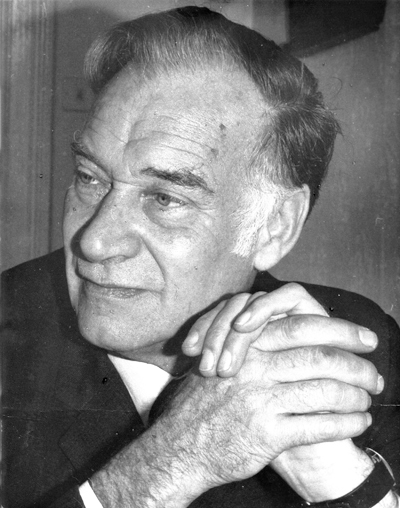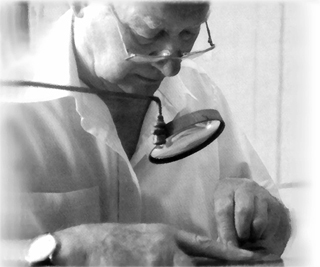This web site was set up by the Bostock family to display examples of the range of work of James Bostock, the artist, across the range of media in which he worked. The wood engravings of James Bostock are well-documented, but his watercolour paintings and oil paintings are less-well known.
The examples shown come from the family collection of wood engravings, copper etchings, watercolour paintings, oil paintings, drawings and sketches.

James Bostock developed particular techniques for creating watercolour paintings that are striking in their clarity and detail, and skillful in the rendering of shade. His approach was to mix the use of drawing with painting to pleasingly render the detail present in the subject, a technique that gives rise to a style that is easily recognisable.
The wood-engravings of James Bostock are recorded in noteworthy books on the subject, and a selection are held in the Victoria and Albert Museum collection along with examples from other notable wood-engravers of the era. For further details about the life and work of James Bostock, please see the Wikipedia page: James Bostock
The copper engravings of James Bostock feature amongst his earliest work from the late 1930s to 1950. Bostock studied the work of Thomas Bewick (1753-1828) and the more contemporary Eric Gill (1882-1940), and their influences can be seen in both his copper engravings and wood engravings.
The techniques of copper engraving and wood engraving require different approaches, because etching lines on copper gives rise to black lines, as in a pencil drawing, but in wood engraving, what is removed by cutting represents areas of white.

Oil paintings form a smaller part of the work of James Bostock. Most of the examples date from the late 1960s to the early 1970's when the artist was resident in Bristol. These are mostly impressionistic in style. The nocturne form features in many of these works, dominated by blue colours. These largely explore the effect of evening lighting upon a scene, whether through fading natural lighting, or from street lighting, or a mixture of both.
During his late period, James Bostock returned to the medium of water colour and the representation of landscapes from his tours of the country. These were based on the experience and sights of places visited aided by sketches and photographs.
James Bostock's name remains strongly associated with the tradition of wood engraving. However, those who have come to appreciate his accomplishments in this medium will discover that there is also a broader range of his work to be explored and enjoyed.
For all enquiries about this web site or its content please email: contact@jamesbostock.com


